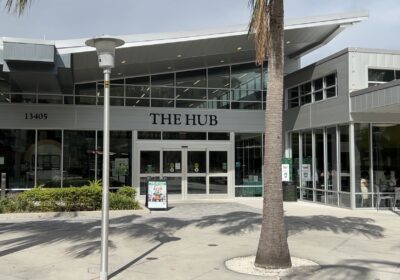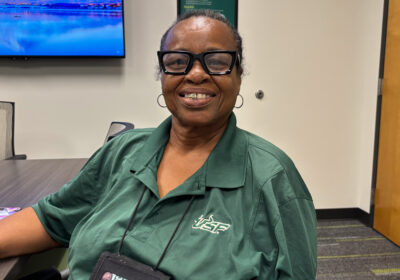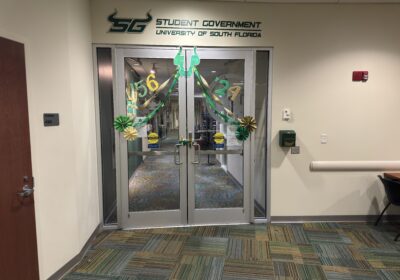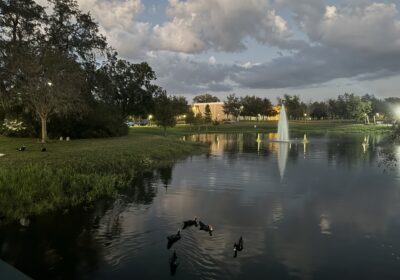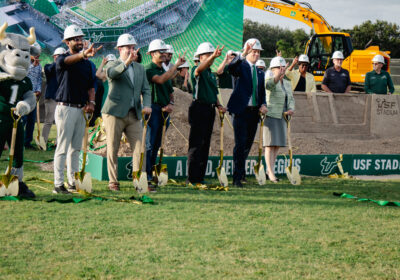The cost of conflict
The country of Syria took center stage in the media and in international politics on Aug. 21 last year when Bashar al-Assad, the president of the country, allegedly used chemical weapons to bomb civilian neighborhoods in and around the capital of Damascus.
Qusai Zakarya, a survivor of the chemical weapons attack and a civil society activist, shared his experiences from that day with a small group of students and community members in the Marshall Student Center on Friday evening.
For Zakarya, the real conflict began with the formation of an organized rebellion in March 2011. Zakarya was living in Moadamiya, a suburb near the eastern entrance of Damascus. He was part of a group of people hoping to demand reform through peaceful protest.
According to Zakarya, the Assad government wasted no time in using violence to crack down on the protests.
“They started shooting at us, detaining people, making field executions and raping women in front of their families to stop them from participating further in the peaceful protests,” Zakarya said.
Over several months, Zakarya and some townspeople purchased enough weapons to establish a division of the Free Syrian Army rebel group within Moadamiya.
“Because the international community didn’t do anything to stop the regime from using violence against us, people started donating money, selling their houses or their jewelry to buy weapons,” he said.
In November 2012, Zakarya said the Syrian government put the town on lockdown and began a never-ending siege on Moadamiya. At his lecture, Zakarya described what it was like having to live off the plants and trees around the town and watching his neighbors starve.
“We don’t have a lot of supermarkets,” he said. “They helped us to make it during the first couple months of the siege, but then we were left only with olives, leaves of trees and simple herbs to survive on.”
On Aug. 21, 2013, after waking up at 4:45 a.m. for morning prayers, Zakarya began hearing the alarm bells from Damascus. Outside his friend’s apartment, Zakarya said he heard what sounded like an air raid and missiles landing close to where he was staying.
With photos of the piles of dead bodies and children who had died in the attack on Moadamiya fading in and out in the background, Zakarya explained to the crowd what it was like being exposed to the sarin gas.
“Before realizing what was going on, I lost my ability to breathe and it felt like my chest was being set on fire,” Zakarya said. “My eyes were burning like hell and I wasn’t even able to alert my friends who were staying in the apartment. I started beating my chest over and over until I managed to get my first breath.”
After helping his friends evacuate some of the town’s children to the nearest field hospital, Zakarya collapsed.
According to his friends, Zakarya’s heart stopped for more than three minutes and his body was placed among the deceased. When one of his friends visited him and shook his body in anger, Zakarya awoke and was brought back to the field hospital where he was nursed back to recovery.
In November 2013, Zakarya took to social media to start a hunger strike campaign to bring awareness to what was happening in Moadamiya. His campaign inspired support from the international activist community.
After the Moadamiya division of the Free Syrian Army surrendered to the Assad government earlier this year, Zakarya fled to the U.S. where he has since been aiding activist groups like the Syrian American Council and the Coalition for a Democratic Syria who co-sponsored the event.
Kenan Rahmani, a board member of the Syrian American Council who has traveled with Zakarya over the last two months, said they will continue to pressure Congress to approve military support of the rebels and encourage the public to support non-profits that go around the Assad government to supply food aid to areas in the most need.12

